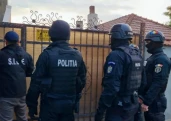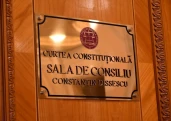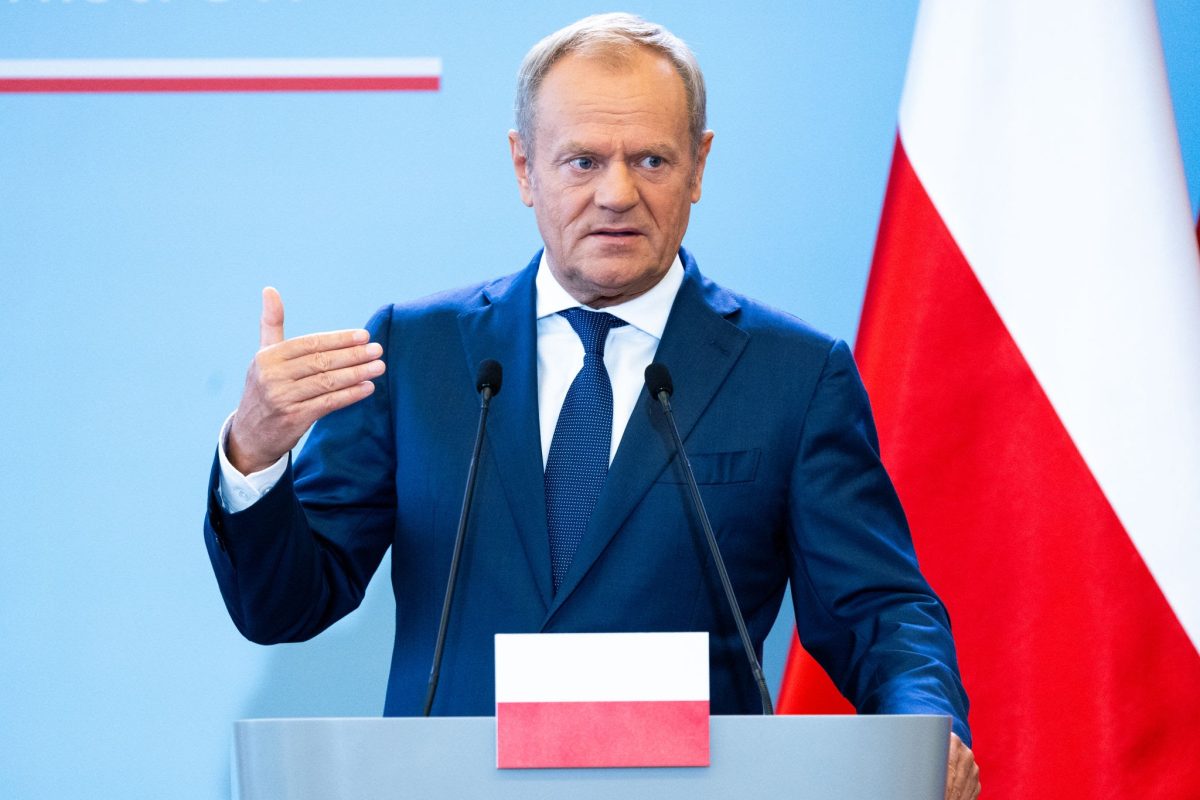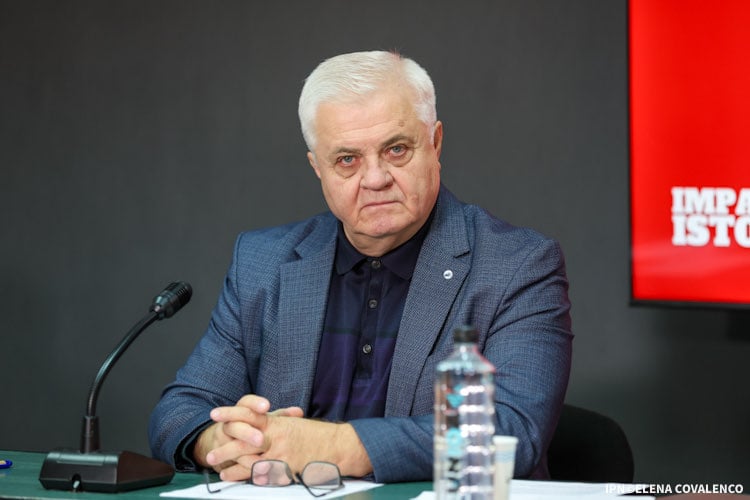On the day of Ion Iliescu’s death, British historian and political analyst Tom Gallagher published a sharply critical article titled “Farewell to Ion Iliescu: The Cunning Architect of Romania’s Frankenstein Democracy.” Gallagher, a professor of comparative politics with over three decades of expertise in Eastern Europe and the Balkans, is known for his incisive works on Romania, including “Theft of a Nation” and “Romania and the European Union.”
A Grim Diagnosis of Post-Communist Transition
Gallagher argues that Iliescu’s rise and grip on power confirm Romania’s struggle with delayed progress. He describes Iliescu as:
“An orthodox communist, a survivor of Ceaușescu’s chauvinistic Stalinism.”
A leader who deliberately blocked Romania from embracing the democratic transformation seen in Central and Eastern Europe after the fall of the Iron Curtain.
Someone who reduced the political landscape and preserved a rigid system familiar to the pre-1989 nomenklatura.
The Ceaușescu Trial and Illusion of Break
Gallagher recalls that Iliescu and Silviu Brucan coordinated the Extraordinary Military Tribunal and the swift execution of Nicolae and Elena Ceaușescu on December 25, 1989:
“Their execution gave the impression of a clear break with the past. So did the banning of the Communist Party—though not without reservations from Iliescu’s inner circle.”
The Mineriads and Repression
One of Gallagher’s central accusations is Iliescu’s use of miners to crush civic opposition:
In January 1990, the provisional government discovered the tactic of recruiting miners from the Jiu Valley.
On June 11, 1990, Iliescu’s government organized special trains to bring around 10,000 miners to Bucharest.
Violence in University Square was carried out alongside former Securitate officers, reinforcing Iliescu’s reliance on the old political police.
Ethnic Tensions and Manipulation
Gallagher also references the ethnic clashes in Târgu Mureș in March 1990:
Romanian villagers were bused in under the pretext of preventing Hungarian secession.
These events, Gallagher suggests, were orchestrated to maintain control through fear and division.
A Hybrid System of Power
Institutionally, Iliescu is portrayed as the architect of:
A hybrid system—democratic in appearance but unrepresentative in practice.
A structure designed to shield powerful and obscure elements, especially the intelligence services, from real accountability.
The 1991 Constitution, which created legislative deadlocks and protected regime loyalists.
Economic Legacy: Oligarchs and “Cardboard Millionaires”
Gallagher accuses Iliescu of enabling:
The rise of nomenklaturist capitalists and “cardboard millionaires” who received massive loans from BANCOREX.
A façade democracy that served entrenched interests.
He notes that Iliescu’s protégés—Petre Roman, Virgil Măgureanu, Adrian Năstase—eventually distanced themselves from him.
Nationalism and Control
Despite cultivating a public image of modesty and culture, Iliescu’s use of nationalism to preserve political control generated lasting resentment.
Final Verdict
Gallagher delivers a scathing conclusion:
“He sabotaged Romania’s chance to integrate into the democratic West. The political system—with its power structures, mentalities, media landscape, and intellectual climate—still benefits enemies of freedom today. It is his creation.”
He predicts that Iliescu’s death will not trigger national mourning, especially among those who lived through and understood the consequences of his rule:
“As a consummate political chameleon and passionate schemer, it’s unlikely that Ion Iliescu’s death will erase the resentment caused by his methods.”
In Gallagher’s view, Iliescu remains the central figure of a stalled transition—a “Frankenstein democracy” with pluralist appearances but communist-era mechanisms that continue to shape Romanian public life.
































Comentează